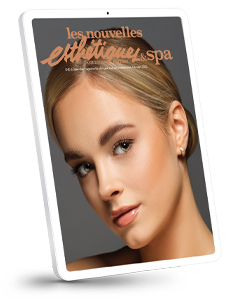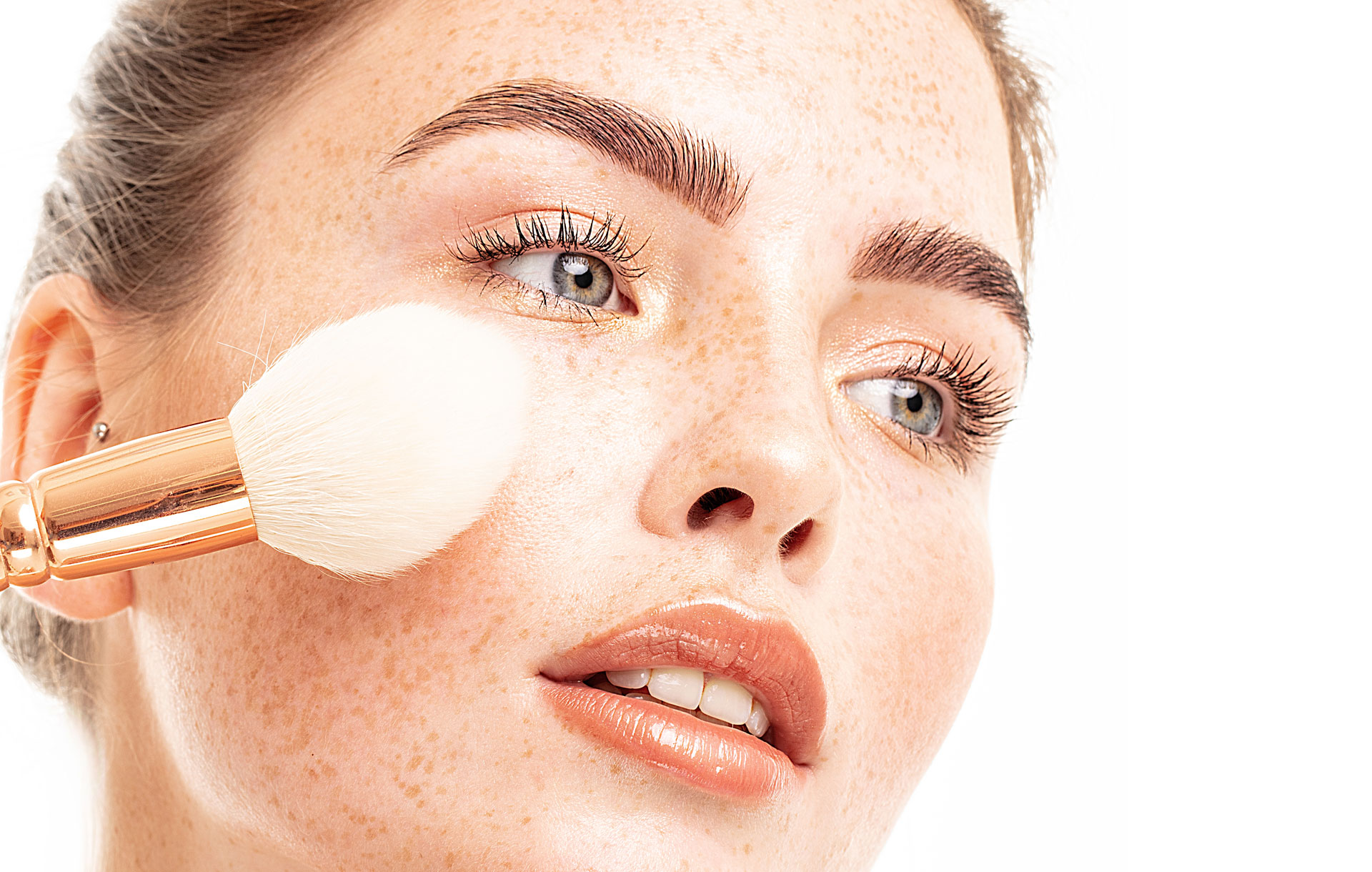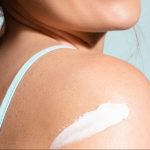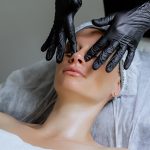How to Prep Dry, Combination, and Oily Skin for Makeup
Social media is an endless treasure chest of inspiration when it comes to makeup and self-expression. When looking for a new look to try, all one has to do is open TikTok or turn on the latest Euphoria episode. Although these looks are incredible on our favorite celebrities and influencers, you may have noticed how frustrating it can be when they don’t turn out the same during recreation.
These celebrities have unique skin types and issues, just like everyone else. What their makeup artists understand, however, is how to prep their skin for these incredible looks. Identifying and learning how to work with different skin types is the first step in mastering makeup application!
[ihc-hide-content ihc_mb_type=”show” ihc_mb_who=”2,4,6,7,5″ ihc_mb_template=”3″ ]
Identifying Skin Types
Before learning how to prep your client’s skin for makeup you need to figure out which skin type they have. Most people are very aware that they have dry or oily skin, but there is an easy test if you’re unsure:
- Wash skin with a gentle cleanser for about 60 seconds. Pat skin dry.
- Do not apply any products (moisturizer, serum, etc.)
- Wait for 2-3 hours.
- Take note of how the skin feels.
If the skin feels tight and stiff, or you notice flakiness/rough texture, your client likely has dry skin. If you can see the visible shine and the skin feels slick to the touch, they probably have oily skin. If you notice the skin feels normal to dry in the cheeks, yet slick and shiny in the t-zone, then you’re seeing combination skin! Your client can perform this test a few hours before their appointment. You can use this as an opportunity to educate them on the different skin types during their visit.
Dry Skin
Dry skin can be one of the trickiest skin types to prepare for makeup. Some dry skin is only noticeable after applying foundation or concealer. If you apply your base and all of a sudden see dead skin peeking through, this is a sign that your guest may need to increase exfoliation. Begin with a cream cleanser to avoid stripping away any natural oils. Introduce a form of exfoliation 1-2 times per week, at night preferably! Whether you choose a chemical exfoliant or a physical exfoliant is up to you.
Following up with hydrating products such as serums, creams, or oils will ensure that the skin stays moisturized. One of the best ways to lock in hydration before applying makeup is to put on an occlusive layer. Anything petroleum-based will lock in moisture and prevent trans-epidermal water loss. Give it about 30 minutes to absorb before applying foundation or concealer.
Oily Skin
Those with oily skin types may run into issues with their makeup staying in place. While your client’s skincare routine should still be focused on balance and hydration, be sure that they aren’t exfoliating too often. This can lead to over-exfoliation which is known to cause increased production of oil! It is a myth that oily skin types don’t need extra moisture. Certain oils that mimic the skin’s natural sebum can actually reduce the amount of oil produced because it balances the skin! Squalane oil can be an amazing primer for oily skin types.
A thin layer of translucent powder will absorb excess oil without disturbing anything you’ve placed down. Use a fluffy brush or a soft sponge to gently dab the powder all over the face, especially in areas with noticeable shine.
Investing in a high-quality setting spray will help lock everything into place. Many people don’t realize that setting sprays can be used before application as well. When you’re done with skincare, spray a generous layer of setting spray to act as a ‘glue’ for your base. Finish up with another layer of spray at the end to secure the look into place!
Combination Skin
Combination skin is usually portrayed as an oily t-zone with normal-dry cheeks. This skin type stumps people because they don’t know which part is more important to treat! Luckily enough, it can be as easy as targeting these areas as their own issue. For example, when doing your skincare prep, treat all of the skin as if it is dry. This will prevent you from stripping moisture and oil from the normal to dry cheeks when attempting to control the oil in the t-zone.
While an occlusive layer can really help dry skin types as a primer, it can be too much for the oily areas of the skin. Try using a sebum-mimicking oil as a primer. This will keep the oilier areas balanced while increasing moisture in the dryer parts.
Be strategic with powder placements. Place your setting powder only where you notice a shine first. Your client’s forehead, nose, and chin are likely the only areas you’ll need to set with powder! And don’t forget how useful your setting spray will be here.
Don’t Forget…
Regardless of the skin type or makeup look you’re dealing with, remember to use a broad-spectrum sunscreen. It should be the last step in the skincare routine before using primers. Physical sunscreens usually contain the active ingredients of zinc oxide and titanium dioxide. This form of sunscreen works very well for drier skin types. Chemical sunscreens can contain the active ingredients of oxybenzone, octisalate, octinoxate, avobenzone, octocrylene, or homosalate. Chemical sunscreens work well for combination or oily skin types. New formulations of sunscreen can act as a fantastic base for makeup. Look for hydrating SPFs for dry skin and matte SPFs for oily skin!
[/ihc-hide-content]













